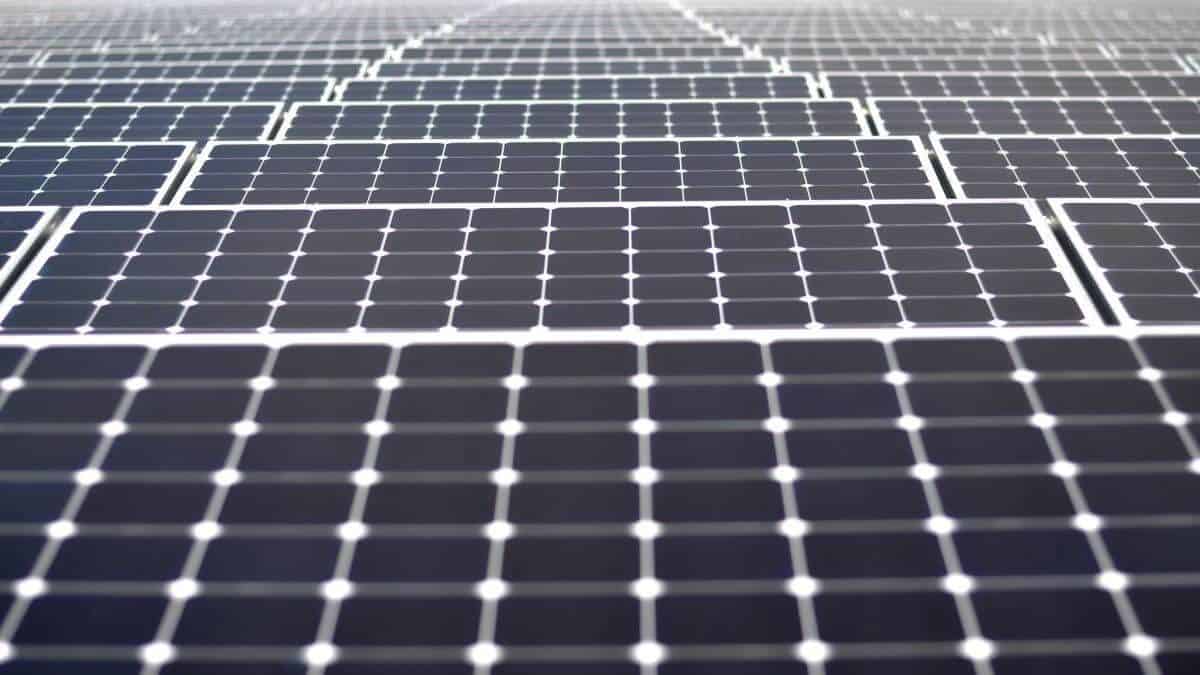Best Solar Panels - Questions
Wiki Article
The Ultimate Guide To Best Solar Panels
Table of ContentsBest Solar Panels Fundamentals Explained9 Simple Techniques For Best Solar PanelsThe Greatest Guide To Best Solar PanelsBest Solar Panels for DummiesLittle Known Questions About Best Solar Panels.An Unbiased View of Best Solar Panels
Key takeaways There are three various sorts of photovoltaic panels: monocrystalline, polycrystalline, and slim movie (Best solar panels). Monocrystalline solar panels are very effective and also have a smooth style, yet come at a higher rate factor than other photovoltaic panels. Polycrystalline photovoltaic panels are less expensive than monocrystalline panels, nonetheless, they are less efficient as well as aren't as cosmetically pleasing.
Since polycrystalline cells include multiple silicon cells, the electrons can not relocate as quickly and also therefore, decrease the effectiveness of the panel. The lower performance of polycrystalline panels likewise means they often tend to have a lower power result than monocrystalline panels, typically varying between 240 watts and also 300 watts.
All about Best Solar Panels


The temperature coefficient informs you just how much the power output will certainly reduce by for every 1 * C over 25 * C the panel obtains. The common temperature coefficient for mono and polycrystalline panels commonly falls someplace between -0. 3% and also -0. 5% per * C. Thin film panels on the other hand, are around -0.
With some thin movie panels, it's hard to even see the private cells within the panel. They additionally have a tendency to have much less wiring and busbars, indicating there's less white space. Nonetheless, because they are so inefficient, you would certainly require to cover your whole roof in thin movie panels - which may or may not be your design.
Best Solar Panels Things To Know Before You Buy
The method monocrystalline solar cells are shaped causes there to be fairly a little bit of white area on the panel. Some producers have functioned around this with black packaging or shaping the cells in a different way, however these aesthetic changes can affect both the price as well as performance of the panels. Overall, monocrystalline panels still look sleek, but they're a little bit extra obvious than thin film panels.
We do not advise slim film photovoltaic panels for household setups - their performance and also longevity do not make the affordable worth it, and it's not likely you'll have almost enough room to set up the number of slim film panels you would certainly need to cover your house electrical energy usage. Variables to think about besides solar panel kind There are two points we here at Solar, Reviews assume are more crucial than solar PV cell type when selecting panels for your home: the brand name of solar panels and also finding the appropriate solar installer (Best solar panels).
Our official position of the best residence solar panel brand names of 2022 can aid you discover what photovoltaic panels will function best on your roof, without compromising top quality. A solar panel system will certainly be on your roofing for at the very least 25 years, so you require an installer you can rely on for two-plus decades! We suggest local, reputable solar installers with high consumer evaluation ratings as they give the most tailored client service on solar jobs.
Get This Report on Best Solar Panels
Given that they are made from pure silicon, they can be conveniently recognized by their dark black shade. Making use of pure silicon also makes monocrystalline panels the most space-efficient and longest-lasting among all 3 photovoltaic panel kinds. my site This comes at a find more price a great deal of silicon is squandered to generate one monocrystalline cell, sometimes getting to over 50%.Polycrystalline photovoltaic panels As the name indicates, these originated from various silicon crystals rather than one. The silicon fragments are thawed as well as poured into a square mold and mildew. This makes polycrystalline cells far more inexpensive because there is barely any wastage, and also provides that characteristic square form. Nevertheless, this also makes them less reliable in terms of power conversion as well as space, since their silicon pureness as well as construction are less than monocrystalline panels.
Each panel does not need a structure support, making them lighter and less complicated to set up. Unlike crystalline silicon panels that come in standard sizes of 60, 72, as well as 96-cell counts, thin-film panels can be available in various sizes to match particular demands. Nonetheless, they are less reliable than common silicon photovoltaic panels.
The Only Guide for Best Solar Panels
Unlike mono-and polycrystalline solar cells, the silicon is not structured on the molecular level. This is why a-Si panels are suited for applications that require very little power, such as pocket calculators.The mix of these components results in the highest effectiveness among thin-panel types, though still not as reliable as crystalline silicon panels. Monocrystalline panels have a performance ranking over 20%.
50 $0. 50 $0. 50 Note go to my site that these numbers do not consist of the expense of setup and labor.
Get This Report about Best Solar Panels
This loss of result is reflected via the temperature coefficient, which is an action of the panel's reduction in power result for each 1C surge over 25C (77F). Monocrystalline as well as polycrystalline panels have a temperature coefficient in between -0. 3%/ C to -0. 5%/ C, while thin-film panels are closer to -0.Report this wiki page